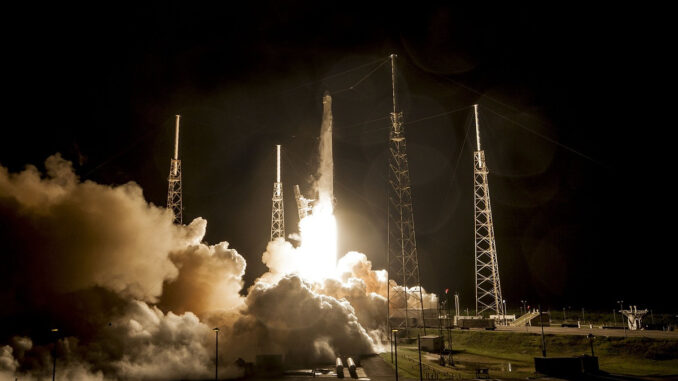
The Voyager spacecraft is a brace of robotic examinations, Voyager 1 and Voyager 2, launched by NASA in 1977. Their primary charge was to study the external globes of our solar system, including Jupiter, Saturn, Uranus, and Neptune, as well as their moons, rings, and glamorous fields.
Here are some important points about the Voyager spacecraft- Launch- Voyager 2 was launched on August 20, 1977, followed by Voyager 1 on September 5, 1977.






Mission objects- The main idea of the Voyager charge was to conduct flybys of the external globes to gather scientific data about their atmospheres, moons, rings, and glamorous fields. These operations handed precious perceptivity into the external regions of our solar system.
Spacecraft- Each Voyager spacecraft is composed of a main body with scientific instruments and a large dish-shaped antenna for communication with Earth. They were powered by radioisotope thermoelectric creators( RTGs) that convert the heat from radioactive decay into electricity.
Instruments- The Voyager spacecraft carried a suite of instruments to study colorful aspects of the globes and their surroundings. These instruments included cameras, spectrometers, magnetometers, tube sensors, and other detectors.
Grand Tour- The Voyager examinations were suitable to take advantage of a rare alignment of the external globes that occurs formerly every 175 times. This alignment allowed them to use graveness- help pushes to visit multiple globes in a single charge, a line known as the” Grand Tour.”
Jupiter and Saturn hassles- Voyager 1 conducted a flyby of Jupiter in March 1979, landing detailed images of the earth and its moons. Voyager 2 followed with its Jupiter hassle in July 1979. Both examinations revealed new perceptivity about these gas titans and their moons.
Saturn and Beyond- After the Jupiter encounters, both Voyager examinations continued to Saturn. Voyager 1 conducted a close flyby of Saturn in November 1980, furnishing unknown views of the Earth’s rings. Voyager 2’s Saturn hassle took place in August 1981. The Voyager operations discovered new moons and gathered precious data about the Earth’s atmosphere and magnetosphere.
Astral Mission- Beyond the external globes, the Voyager spacecraft embarked on an astral charge. They continue to communicate with Earth, furnishing precious data about the external regions of our solar system, including the heliosphere, the boundary where the range of our sun ends and astral space begins.
Golden Record- Both Voyager examinations carry a Golden Record, a phonograph record containing sounds, images, and felicitations from Earth. The record is intended to give information about humanity to any extraterrestrial intelligence that might encounter the spacecraft in the future.
The Voyager spacecraft has handed us inestimable data about our solar system, and they continue to communicate with Earth, albeit with abating power. They’ve truly become ministers of humanity as they venture into the hugeness of space.

Leave a Reply